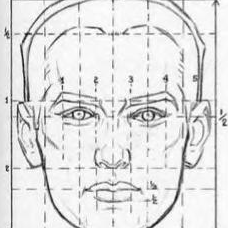Lesson 1.1: How to Write “人”

vocabulary
- 捺 = na4 = right-falling character stroke
- 凌乱 = ling2 luan4 = disorderly
- 弧线 = hu2 xian4 = arc
- 收笔 = shou1 bi3 = to finish (a stroke of the pen)
- 撇 = pie3 = left-falling character stroke
- 沿用 = yan4 yong4 = to continue to use (an old method)
举一反三
大,天,太,犬,合,会,命,队,众,过,建,文
摹帖:伪币
跑堂的:“你给我的小费是一枚伪币。”
顾客:“是你找钱时给我的呀!”
跑堂的:“你明明知道我不想要它。干嘛偏要给我呢?”
作业






9 Comments
Recommended Comments